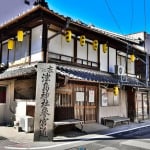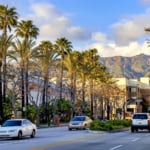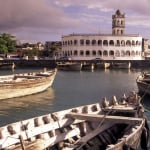Name: Sultan Qaboos Mosque
Address: 23. July Street, Salalah 211, Oman
Official Website: http://www.beautifulsalalah.com/sultan-qaboos-masjid-salalah/
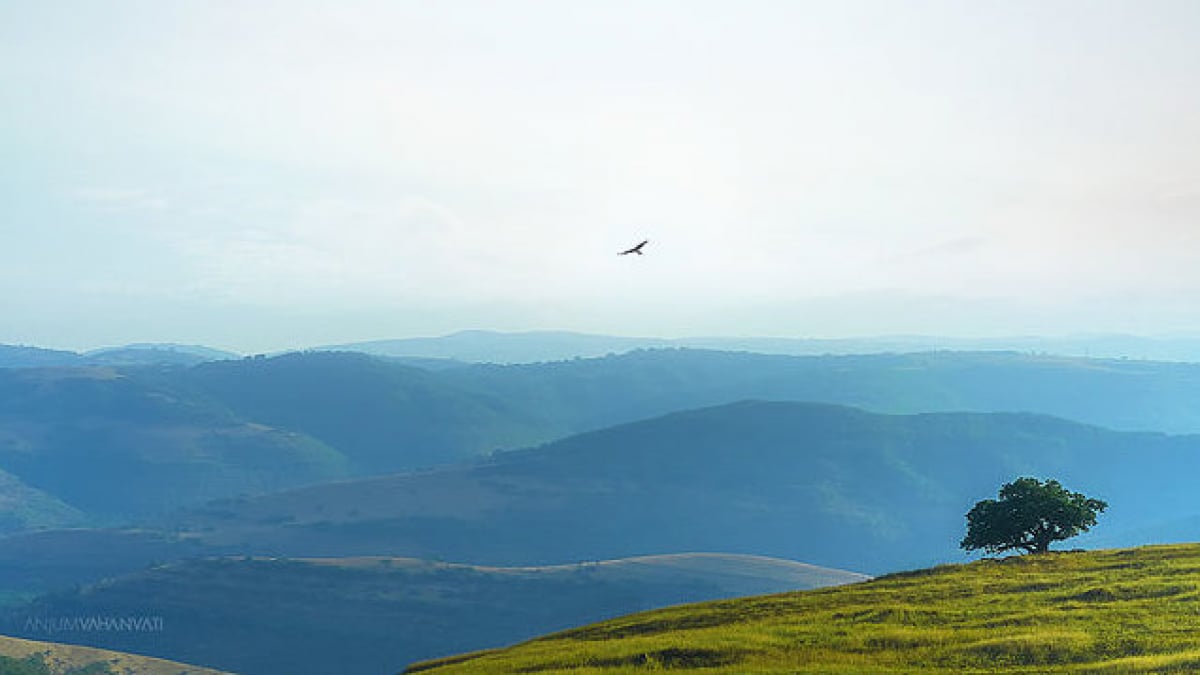
Exploring the Ancient City of Salalah, Oman: 8 Must-Visit Tourist Spots!
Salalah, the ancient capital of Oman, is the second-largest city in the country and is located in the Dhofar Governorate. One of its most distinctive features is its climate. Despite being near the Arabian Desert, Salalah is influenced by the Indian Ocean, resulting in a tropical climate for most of the year. Summers can reach nearly 40°C, while winters cool down to a comfortable 22°C. From late June to early September, Salalah experiences the southwest monsoon, known as the Khareef season. During this period, heavy rains transform the region into a lush green paradise, attracting visitors from the Gulf countries who seek refuge from the scorching desert heat. The city's population nearly doubles, and the Khareef Festival takes place, making it the liveliest time for tourism.
Why not join the wealthy travelers from the Gulf and embark on an exclusive journey to this unique destination?
table of contents
[x] close
Exploring the Ancient City of Salalah, Oman: 8 Must-Visit Tourist Spots!
1. Sultan Qaboos Mosque
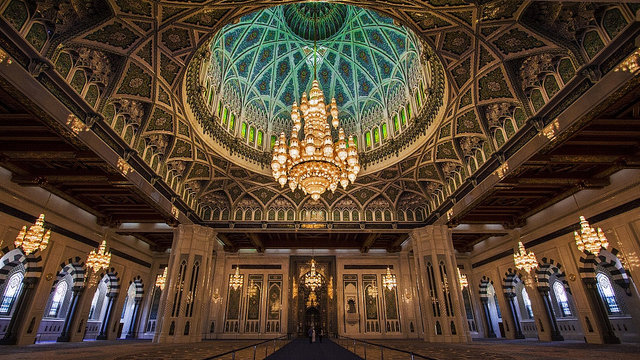
A symbol of Salalah, the Sultan Qaboos Mosque is a relatively new mosque that opened in 2009. It features two towering minarets (prayer call towers) standing 56 meters high, while the dome has a diameter of 15 meters. One of the most eye-catching elements inside the mosque is the massive chandelier hanging beneath the dome, measuring an impressive 6 meters in diameter. The striking green carpet inside was crafted in Thailand. The mosque has entrances from all four directions—north, south, east, and west—allowing 6,000 worshippers to pray at the same time.
In Arabic, a mosque is called a "Masjid," but the official name of this mosque is "Jama'a Sultan Qaboos." The term "Jama'a" means "to gather" and is used for mosques that also serve as community centers. The second floor of this mosque houses Islamic study rooms, a lecture hall, and a library equipped with computers. Tourists can visit outside of the five daily prayer times, so make sure to check it out!
2. Marneef Cave
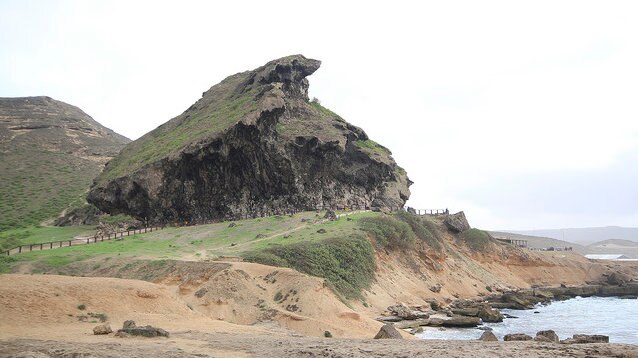
About 40 km from Salalah, Marneef Cave is one of the most popular tourist spots in the area. Despite its name, it is not an actual cave, but rather a large rock formation shaped by erosion over time. The site is accessible via a wooden boardwalk along the beach, leading to a staircase that takes visitors to a bench beneath the rock, where they can sit and enjoy the stunning beach view.
A sign posted on the rock reads: "Take nothing but memories, leave nothing but footprints." This message, written in both Arabic and English, serves as a gentle reminder from the tourism authorities to preserve the natural beauty of the area. During the Khareef season (autumn), small cafés and sandwich stalls pop up near the cave, but for an authentic experience, do as the locals do and bring your own picnic. There's another reason people come to this spot—stay tuned for the next recommendation!
Name: Marneef Cave
Address: Salalah, Oman
Official Website: http://www.beautifulsalalah.com/marneef-cave-blow-holes/
3. Al Mughsail Beach
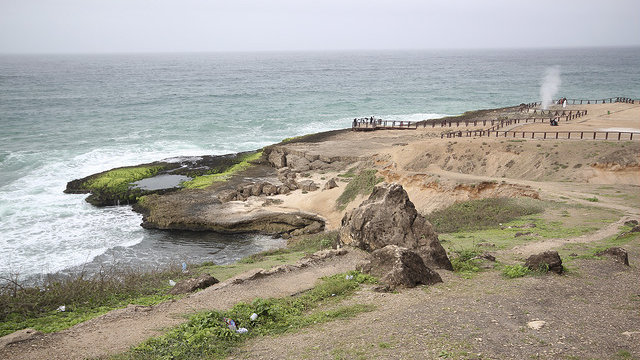
During the Khareef season, locals and tourists alike flock to Al Mughsail Beach. While the silvery-white sand glistens beautifully under clear skies, the main attraction here is the "Blowholes." During the high tide season, the rough waves crash into rock formations with natural holes, forcing seawater into them. As the pressure builds, the water erupts like a geyser, sometimes reaching up to 28 meters high! There are multiple blowholes along the coastline, but safety fences prevent visitors from getting too close.
The best viewing spot is from the benches under Marneef Cave, where you can watch nature put on an incredible show. Since this is a natural phenomenon, the blowholes may not always be active, making it an exciting test of luck. Why not give it a try?
Name: Al Mughsail Beach
Address: Salalah, Oman
Official Website: http://www.afar.com/places/al-mughsail-beach-salalah
4. Sumhuram Ruins
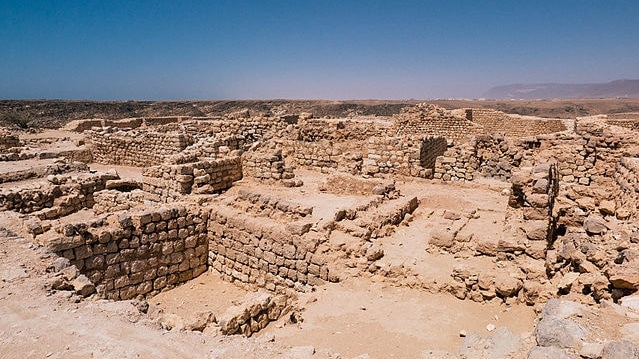
Located 43 km east of Salalah and 7 km from the port town of Taqah, Sumhuram Ruins is a significant historical site in Khor Rori. In 2000, it was inscribed as a UNESCO World Heritage Site under the name "Land of Frankincense", alongside Al-Baleed, Ubar, and Wadi Dawkah ruins. Scholars have debated its origins. American researchers suggested it dates back to the 3rd century AD, while Italian archaeologists argue it was built in the 2nd century BC during the Hadramaut era. The city was abandoned around the 7th century, but its massive fortification walls, up to 3 meters thick, indicate its historical significance.
The surrounding area once connected to the sea, with remnants of an ancient port, signifying its role as a frankincense trading hub. Flamingos and migratory birds often gather here, making sunset the perfect time to visit and enjoy the contrast between the ruins and the wildlife.
Name: Sumhuram Ruins
Address: 49 Sumhuram Street, Salalah 211, Oman
5. Al Baleed Ruins
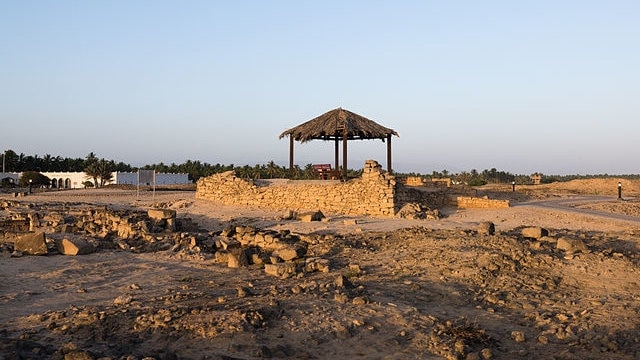
Al Baleed's history dates back to 2000 BC, but it wasn't until 1930 that this important site was excavated. Covering 64 hectares, its rectangular fortress walls featured four main gates, and the inner city was divided into three sections: business, residential, and government areas. The remains suggest some buildings were up to four stories high.
In the northwest, remnants of a flood protection wall can be found. Discoveries of pottery and coins confirm the site's existence since ancient times. You can also see the remains of a 13th-century mosque.
As a crucial trade hub, it connected the East (India, East Africa, Yemen) and the West (Iraq, Egypt, Europe). In 2000, it was recognized as a UNESCO World Heritage Site under the "Land of Frankincense."
Name: Al Baleed Ruins
Address: Sultan Qaboos Street, Salalah 211, Oman
Official Website: http://whc.unesco.org/en/list/1010
6. Museum of the Frankincense Land
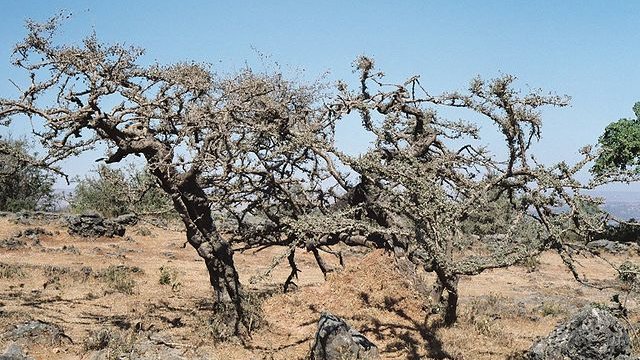
Located within Al Baleed Ruins, the Museum of the Frankincense Land is a must-visit destination. For thousands of years, frankincense has been harvested around Salalah and exported to Mesopotamia, Egypt, the Indus Valley, China, Ancient Rome, and other parts of the world.
At the museum, staff members demonstrate how to sort frankincense and make frankincense-infused water. In the courtyard, you can see live frankincense trees and observe the harvesting process up close. Unfortunately, photography is not allowed inside. Frankincense is known for its aromatherapy benefits, but it is also used as a natural insect repellent and a remedy for asthma and other ailments. Be sure to check out the gift shop for unique frankincense products as souvenirs!
Name: Museum of the Frankincense Land
Address: As Sultan Qaboos St. 211 Salalah, Oman
Official Website: http://www.omantourism.gov.om/wps/portal/mot/tourism/oman/home/experiences/culture/museums/
7. Taqah Castle
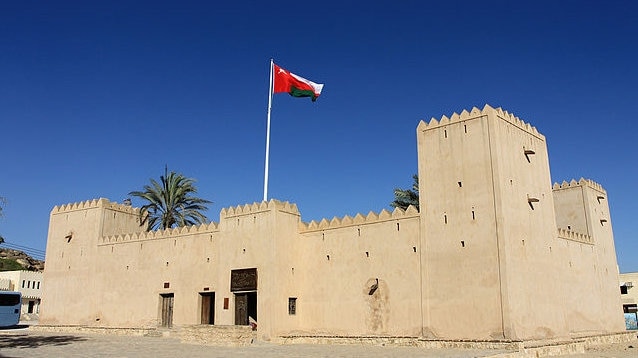
Located 33 km from Salalah, Taqah Castle was built in the 19th century as the private residence of Sheikh Ali Al-Mashani in traditional Arab-Islamic architecture using local limestone from Taqah. Later, it was used as Taqah’s government building, where the Wali (governor) lived until 1970. The Wali had judicial powers, overseeing public complaints and punishments. Interestingly, the prison inside the castle had no roof, allowing guards to watch prisoners easily from the watchtowers.
The courtyard connects all rooms, featuring a well and an underground storage area. It was stocked with weapons, fuel wood, dried beans, and dates. The castle was converted into a museum in 1994, showcasing weapons, pottery, daily life artifacts, and insights into Oman’s historical lifestyle. A blend of heritage and fortress, it remains a popular tourist attraction.
Name: Taqah Castle
Address: Taqah, Salalah 211, Oman
Official Website: http://www.omantripper.com/taqah-castle-dhofar/
8. Wadi Darbat
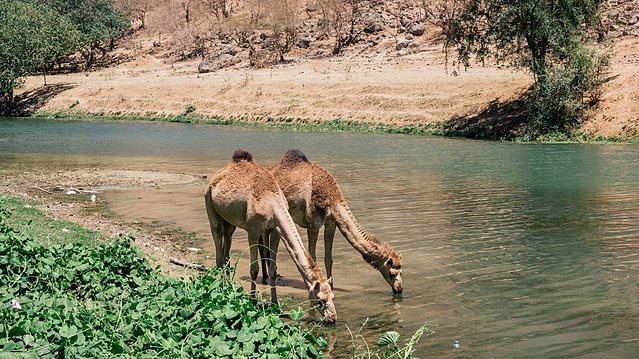
In Arabic, “Wadi” means valley, while “Darbat” is a local term meaning “path between mountains”. The entrance to Wadi Darbat is just 7 km from Taqah. It is often called the most beautiful place in Oman. During the Khareef season (June to September), heavy monsoon rains transform the valley into a lush green paradise, and a 30-meter waterfall appears. The collected rainwater forms a river that eventually flows into the Arabian Sea.
During this season, tourist boats operate, which are especially popular with children. Visitors can enjoy feeding fish, paddle boating, and barbecuing, making it a perfect family-friendly destination. Deeper into the valley, you might spot wild animals such as Arabian leopards, hyenas, gazelles, and goats. Keep an eye out for these fascinating creatures while exploring the valley!
Name: Wadi Darbat
Address: Salalah, Oman
Official Website: http://www.beautifulsalalah.com/wadi-darbat-salalah/
◎ Summary
What do you think? Oman may not be a well-known travel destination for Japanese tourists, but its ancient history, archaeological ruins, and untouched natural beauty make it an exceptional place to explore. From diving in the Arabian Sea and exploring the desert in a 4WD, to walking through historic mosques while listening to the call to prayer, Oman offers an unforgettable experience.
Oman is one of the safest countries in the Middle East, but global situations can change rapidly. If you're considering visiting, take the opportunity while you can!
RELATED ARTICLES
REGIONS
CATEGORIES
FEATURED ON Guide
-
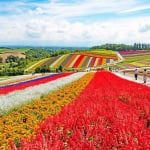
Where will you go for the summer vacation? Introducing recommended spots for domestic travel
-
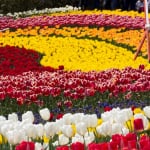
Kaizu City’s Recommended 7 Tourist Spots. Enjoy the Culture and History Nurtured by Wajū!
-
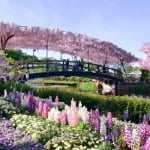
What Makes Ashikaga Flower Park So Special? A Treasure Trove of Photo-Worthy Spots!
-
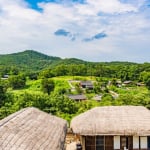
600 Years of Radiant Tradition: Korea’s Historic Villages of Hahoe and Yangdong
-
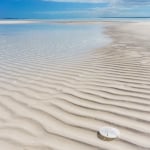
Two-Colored Seas and a Pink Beach! 4 Must-Visit Spots in North Eleuthera
MOST POPULAR ON Guide
-
 1
1Doha: Must-see Attractions in the Capital of Qatar
-
 2
2Toronto: 10 Things to do in this Picturesque Canadian City
-
 3
3Amarillo: A City Famous for It’s Amazing Canyons, Great History and Music
-
 4
4South Korea: Dazzling Scenery, Rich Culture and Fascinating History
-
 5
5Kuwait: A Country in Middle East Asia Famous for Hot Sand Dunes and Stunning Cityscape


